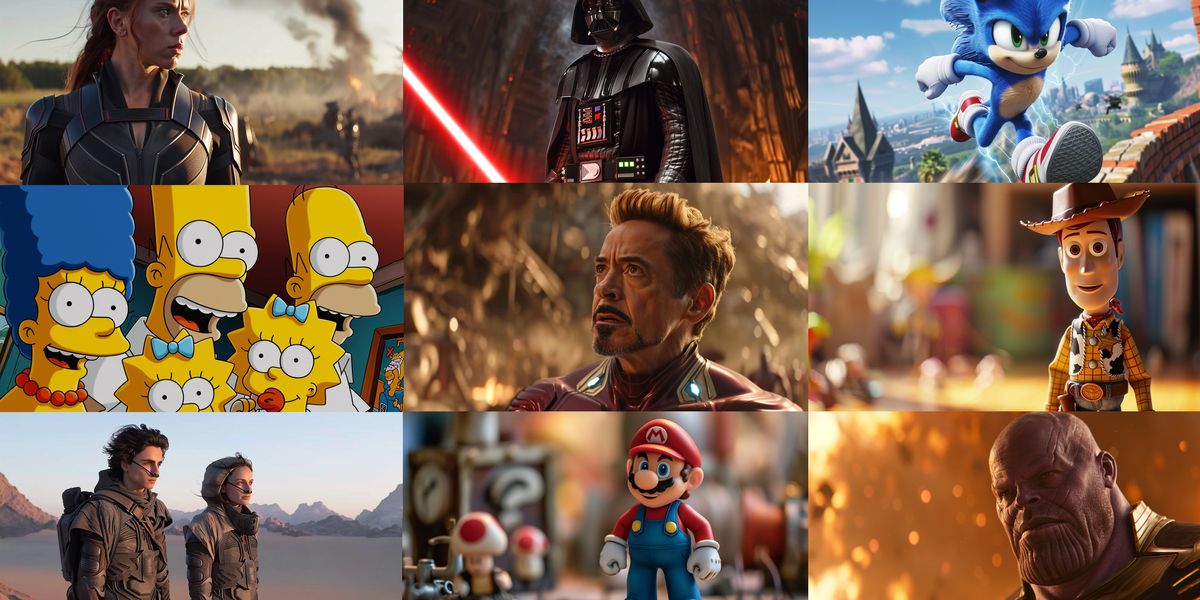Generative AI Has a Visual Plagiarism Problem

🌈 Abstract
The article discusses the potential for large language models (LLMs) and generative AI systems like Midjourney and DALL-E 3 to produce plagiaristic outputs that infringe on copyrighted materials, even without being directly instructed to do so. The authors present experimental evidence showing that these systems can generate images and text that closely resemble copyrighted works, raising legal and ethical concerns.
🙋 Q&A
[01] Potential for Plagiaristic Outputs
1. What evidence do the authors provide that LLMs and generative AI systems can produce plagiaristic outputs?
- The authors cite several examples, including a 2023 paper showing LLMs can reproduce private information like email addresses, and a lawsuit against OpenAI that found their software recreated New York Times stories verbatim.
- The authors' own experiments with Midjourney and DALL-E 3 found these systems could generate images closely resembling copyrighted characters, scenes, and artwork from movies, TV shows, and video games.
2. How do the authors characterize the prevalence and implications of these plagiaristic outputs?
- The authors state the mere existence of such plagiaristic outputs raises many important questions, including technical, sociological, legal, and practical concerns.
- They argue these outputs potentially expose users to copyright infringement claims, and could have significant financial and structural implications for the generative AI field.
3. What are the authors' views on the potential legal consequences for companies like Midjourney and OpenAI?
- The authors suggest these companies could face extensive litigation from content creators whose copyrighted materials were used without permission or license.
- They note the potential for punitive damages and class action lawsuits, drawing parallels to the music industry's legal battles with Napster.
[02] Potential Solutions and Ethical Considerations
1. What solutions do the authors propose to address the issue of plagiaristic outputs?
- The authors suggest the cleanest solution would be to retrain the models without using any copyrighted materials, or to restrict training to properly licensed datasets.
- They also discuss the challenges of filtering out problematic queries or sources, noting these approaches are difficult to implement reliably.
2. What are the broader ethical concerns raised by the authors?
- The authors argue the nonconsensual use of copyrighted human work to train these AI systems is a fundamental ethical issue, beyond just the problem of plagiaristic outputs.
- They suggest generative AI developers should be required to properly license the art used for training, and compensate artists whose work is used, similar to how streaming services license music and video.
3. How do the authors view the responsibility of users and AI companies regarding copyright infringement?
- The authors argue users should be able to expect the software they use will not cause them to inadvertently infringe on copyrights.
- They suggest the AI companies have an undue burden on both users and content creators by not providing clear provenance or warnings about potential infringement.